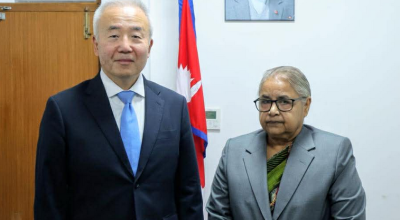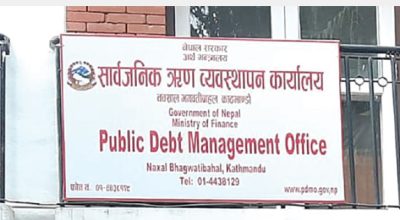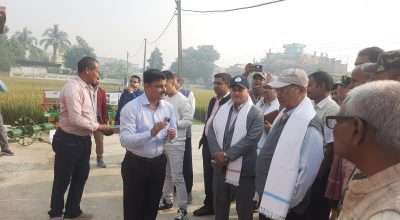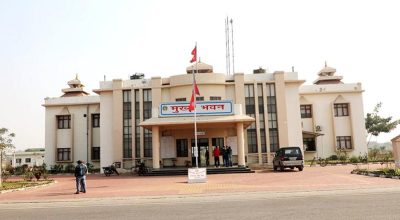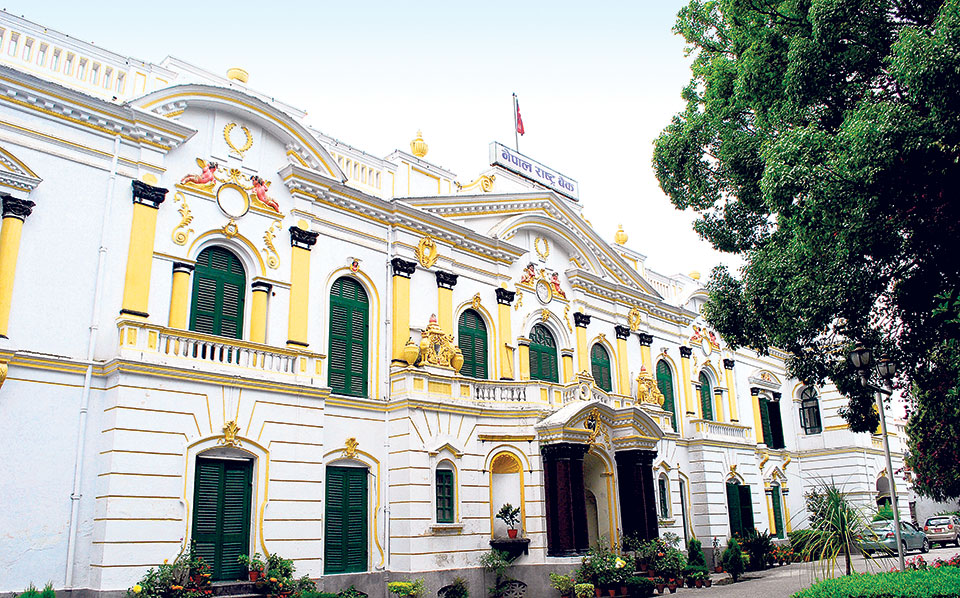
Financial institutions are seen to be tightfisted when it comes to the agricultural production sector. This is stated in the Monetary Policy for Fiscal Year 2022/23 Nepal Rastra Bank unveiled on Friday.
According to the NRB, the financial institutions were required to invest 15 percent of their investable amount in the agriculture sector but they are found to have invested only 12.8 percent of this amount.
“On the one hand the import in agriculture has peaked and the financial institutions are seen to be parsimonious in investing in this sector on the other hand. This means dependence on foreign import in agriculture is not going to lessen any time soon,” economist Bhawani Khanal told RSS.
The financial institutions had invested Rs 490 billion 150 million in the agriculture sector by the end of the last fiscal year, 2021/22. Investment of this amount means nearly three percent less of the 15 percent amount that they are required to invest.
The number of farmers taking concessional agricultural loans during that period as of June 14 is 60 thousand 618. They took concessional loans amounting to Rs 139 billion 684 million.
The budget for the fiscal year 2022/23 states that a balanced agricultural trade would be maintained in the next five years by means of agriculture transformation. Although it is mentioned in point no 18 of the budget document that the import of rice, maize, wheat, vegetables and fruits should be decreased by 30 per cent, the financial institutions are not enthusiastic in investing in agriculture to reduce import.
“There is a large population of small farmers in Nepal,” said Uddhav Adhikari, the coordinator of the Agriculture Campaign for Food. He said the Monetary Policy and the budget for fiscal year 2022/23 is not in favour of the actual small farmers.
The Monetary Policy has made provision by which the real agriculture entrepreneurs can take project loan of up to Rs 2 million for running an agricultural business. However, the small farmers are not likely to benefit from this provision.
It is estimated that there are around eight million small farmers in the country. Most of the small scale farmers, who earlier run projects keeping collateral, have no projects.
Middle-class farmers, who have run projects keeping collateral in the bank, would be benefitted from this arrangement. Small scale farmers have fragmented arable land but land is left uncultivated in lack of timely fertilizer, seeds and irrigation facility. Though the government had brought a plan to manage the fragmented land, it has not been effective.
Rajaram Karki RSS







